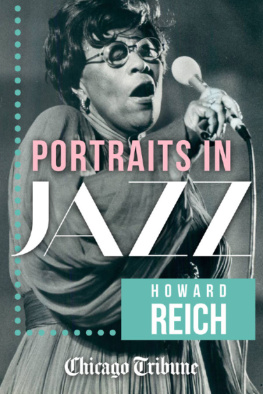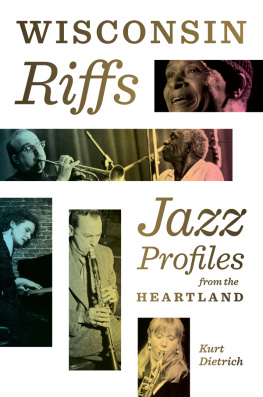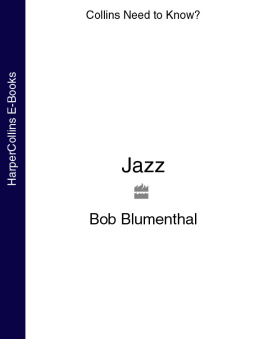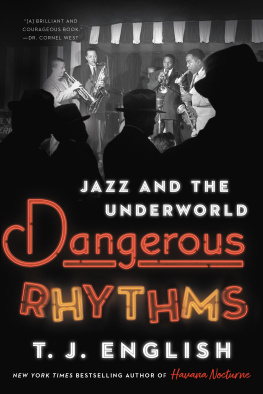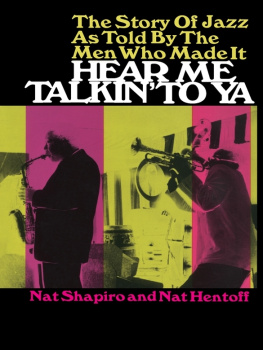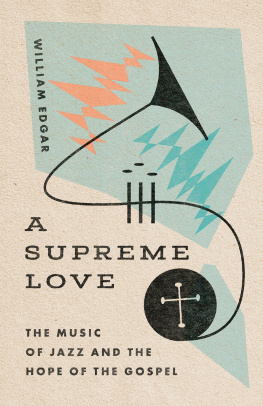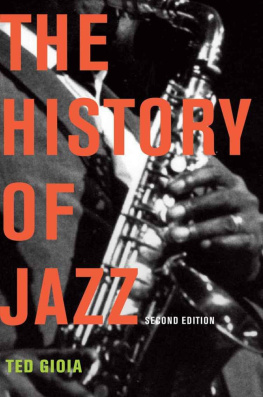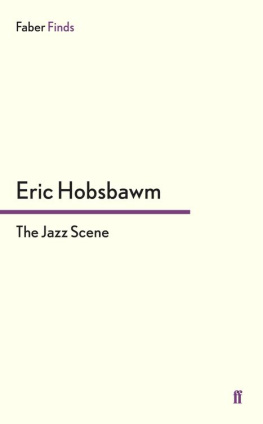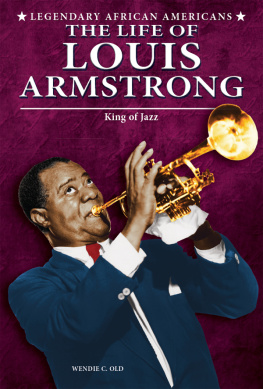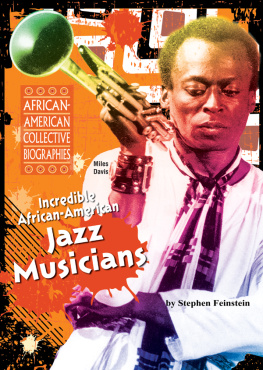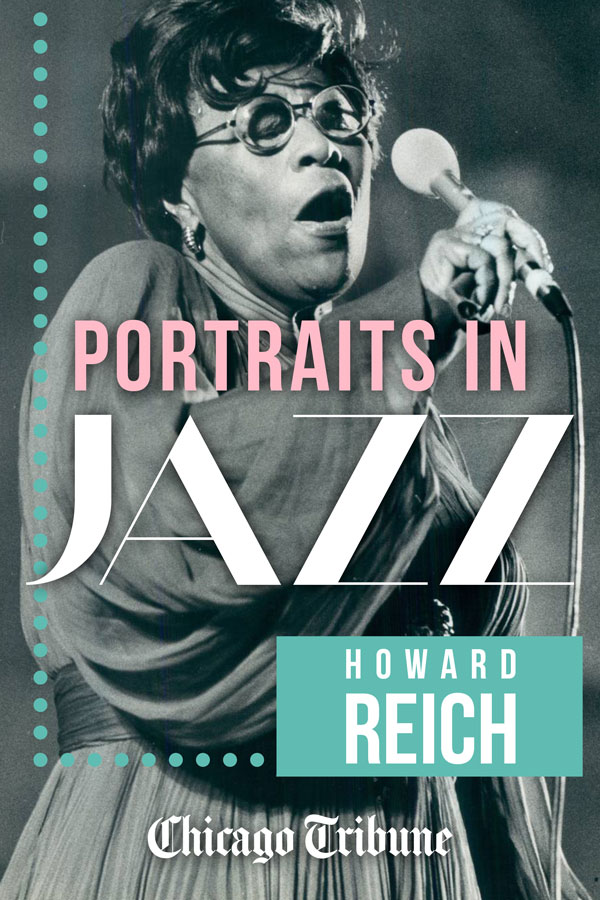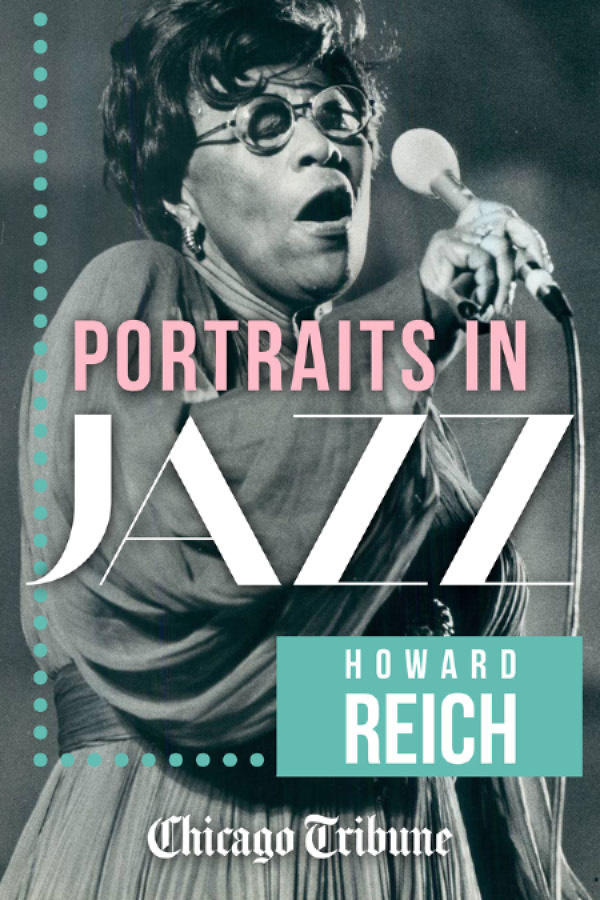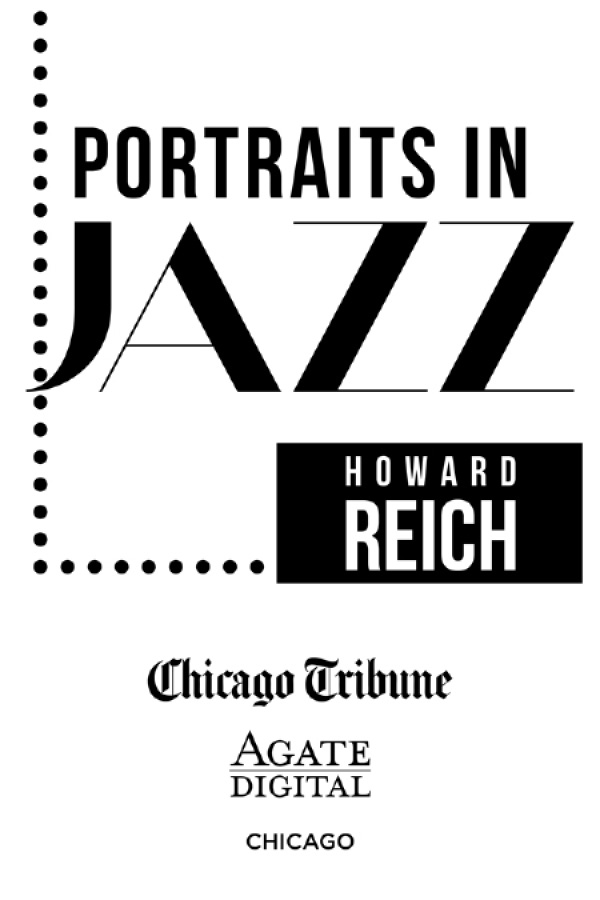Howard Reich has been covering music and the arts for the Chicago Tribune since 1977 and joined the staff in 1983. Hes producer-writer-narrator of the feature documentary film Prisoner of Her Past, which has aired on PBS more than 500 times in 140 markets and continues to tour the world.
Reich has written several books: Prisoner of Her Past (2011), which inspired the documentary film and originally was published in hard cover as The First and Final Nightmare of Sonia Reich (2006); Let Freedom Swing: Collected Writings on Jazz, Blues and Gospel (2010); Jellys Blues (2003, with William Gaines); and Van Cliburn (1993).
He has won two Deems Taylor Awards from ASCAP (2002 and 1999); the Alumni Merit Award from Northwestern Universitys Alumni Association (2007); seven Peter Lisagor Awards from the Society of Professional Journalists (2010, 2008, 2005, 2003, two in 1999 and 1998); three Jones-Beck Awards from the Chicago Tribune (2001, 1999 and 1990); and the Excellence in Journalism Award from the Chicago Association of Black Journalists (1996). He was named Chicago Journalist of the Year (2011) by the Chicago Journalists Association, which also has presented him with three Sarah Brown Boyden Awards (2012, 2010 and 2004).
He has served on the jury for the Pulitzer Prize in Music four times, including the year the award was given to a jazz composition for the first time: 1997, for Wynton Marsalis Blood on the Fields. Reich graduated as a piano performance major from Northwestern Universitys Bienen School of Music, where he also did graduate studies in music theory and history; he attended the school on an Illinois State Scholarship. He is married to Pam Becker, an editor at the Tribune.
INTRODUCTION
In nearly 40 years of writing about music and the arts for the Chicago Tribune, Ive heard practically everyone I hoped to hear and interviewed and reviewed most of them. Visiting Frank Sinatra backstage before his concerts, sitting down with Tony Bennett and Lena Horne, talking jazz with Ella Fitzgerald, Dave Brubeck, Ornette Coleman, Oscar Peterson, Lionel Hampton, Wynton Marsalis and uncounted others has been more than a job or even a career: It has been an education.
What I learned as a piano performance major at Northwestern University, in other words, was really just the beginning of my journeys into the ephemeral, elusive art of music in general, jazz in particular. Studying theory and history surely are essential to understanding the inner workings of the art form, but asking questions of its greatest practitioners takes you one step closer to the meaning of sound.
It wasnt only the living masters, however, who drew me into their worlds. Jelly Roll Morton, Louis Armstrong, Duke Ellington, Billie Holiday, George Gershwin and other musical inventors left the scene before I could have had the privilege of meeting them. But their work still flourishes and continues to pose questions worth contemplating and writing about.
The results of all my inquiries have unfolded in the pages of the Tribune since 1977 and are gathered here as a collection of Portraits in Jazz. These are profiles of musicians past and present, celebrated and obscure, American and international who have defined and redefined jazz for more than a century. Jelly Roll Morton, after all, was born in 1885 and completed one of his most brilliant and lasting works, King Porter Stomp, in 1905, long preceding the use of the word jazz to describe a music conceived in New Orleans. Today, Wynton Marsalis another Crescent City master continues to expand the expressive reach of a music first nurtured in his hometown and quickly embraced by Chicago and then the rest of the world. This collection explores a breadth of music that has blossomed between Morton at the dawn of the 20th century and Marsalis well into the 21st, as expressed through profiles of the men and women who created it.
Rather than take a strictly chronological approach, however, Ive organized the portraits by theme, hoping to shed light on how these great artists relate to one another and to the many facets of what we call jazz. The first chapter, Jazz Originators, documents the legacy of the pioneers, most notably Morton and Armstrong. Early Masters explores the artists who built on the breakthroughs of Mortons compositions and Armstrongs improvisations, with essays on Ellington, Hampton, Cab Calloway, Benny Carter and other early architects of jazz language. The Great Singers examines how vocalists such as Fitzgerald, Holiday, Horne, Sinatra, Bennett and others managed to work at a level akin to the most accomplished instrumentalists.
Chicago always has held an outsized role in the evolution of jazz, in part because Morton and others came to the city as early as 1910, laying the groundwork for musicians and audiences to come. Thus the Chicago Originators chapter casts a spotlight on those who followed, from saxophone titans Von Freeman, Johnny Griffin and Fred Anderson to apparently fearless modernists such as Ken Vandermark, Mike Reed and Patricia Barber.
Many jazz musicians have endured considerable travails in their quest to make music in an often harsh and hostile world, and Ive portrayed some of their journeys in the Brave Souls chapter, which describes the heroism of Charlie Haden, J.J. Johnson, Jackie McLean and others. Some musicians have altered the course of the music itself through the profundities of their work, the Game Changers chapter covering the ground-shifting achievements of Gershwin, Coleman, Brubeck, Charlie Parker, Dizzy Gillespie, Miles Davis and others.
Love them or hate them, some artists seem to have thrived on flouting conventions that others tried to impose upon them. These intrepid figures emerge in the Iconoclasts chapter, which visits the work of Keith Jarrett, Don Byron, Sun Ra and Astor Piazzolla.
If Chicago always has been a cauldron of jazz innovation, so has the island of Cuba, its stature as progenitor of musical forms and colossal instrumental virtuosos making it a kind of jazz superpower. The Cuban Visionaries chapter takes readers into the milieu of a few of the key players, among them Israel Cachao Lopez, Compay Segundo and Gonzalo Rubalcaba.
Finally, its critical to recognize that our era does not lack for its own creative, gifted artists who continue to recalibrate what jazz can achieve. Ive gathered their portraits in the books final chapter, Modern Masters, the honor roll including Sonny Rollins, Herbie Hancock, Danilo Perez, David Sanchez, Marcus Roberts and Marsalis.

